#the pictorialist
Explore tagged Tumblr posts
Text




The artist and the art
#two photos I'm particularly proud of#REALLY glad I'm slowly getting in this pictorialistic mood#on film! it's not photoshopped or anything#can't wait to take more of that style#my face#art#photography
170 notes
·
View notes
Text
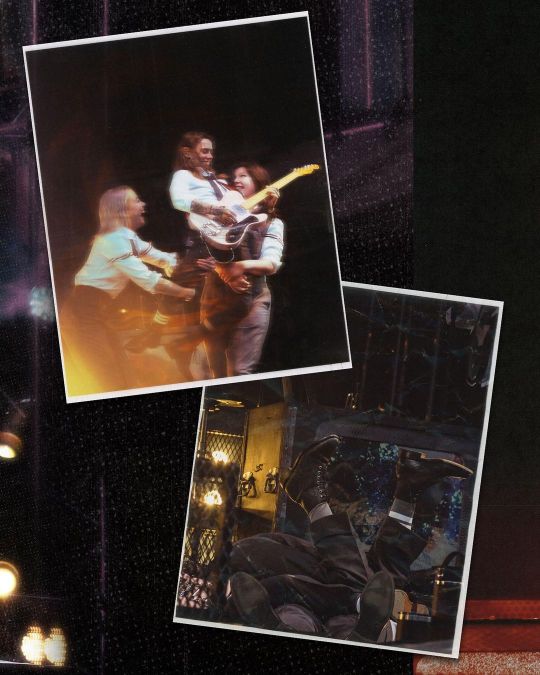

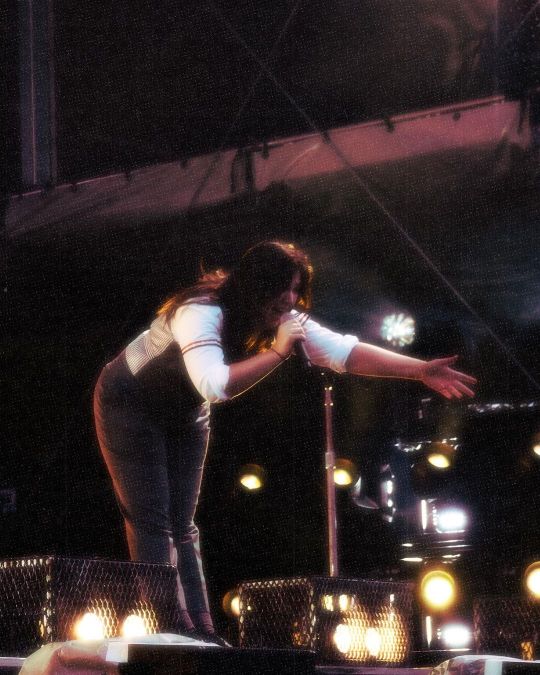
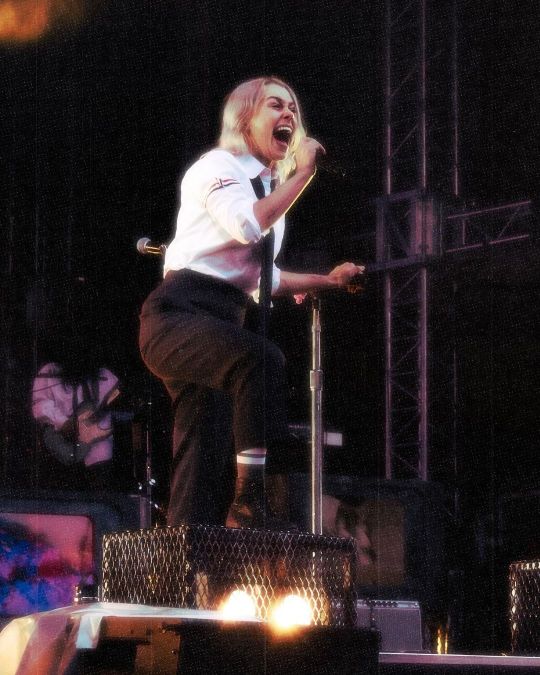
The boygenius performance in Oslo photographed by @/lenenordfjord
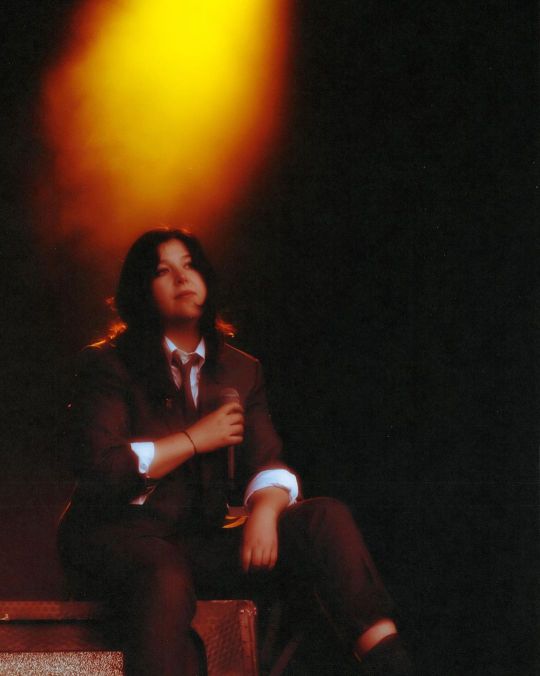
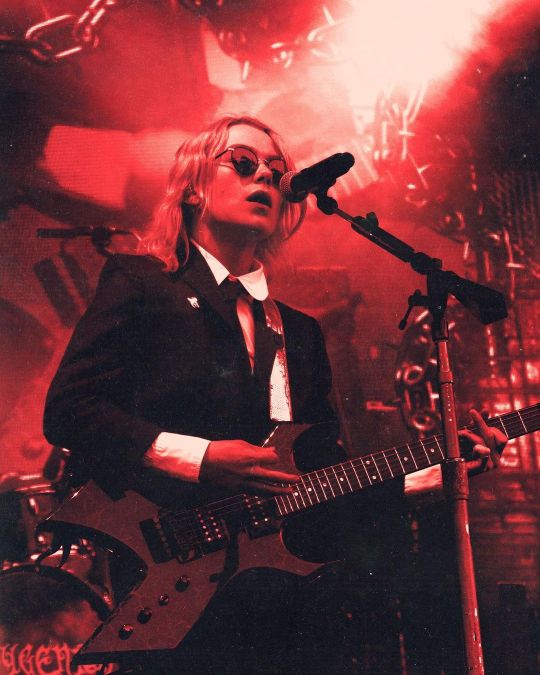
#boygenius#some of these are sooo pictorialist to me i love!!!#julien baker#phoebe bridgers#lucy dacus
314 notes
·
View notes
Text
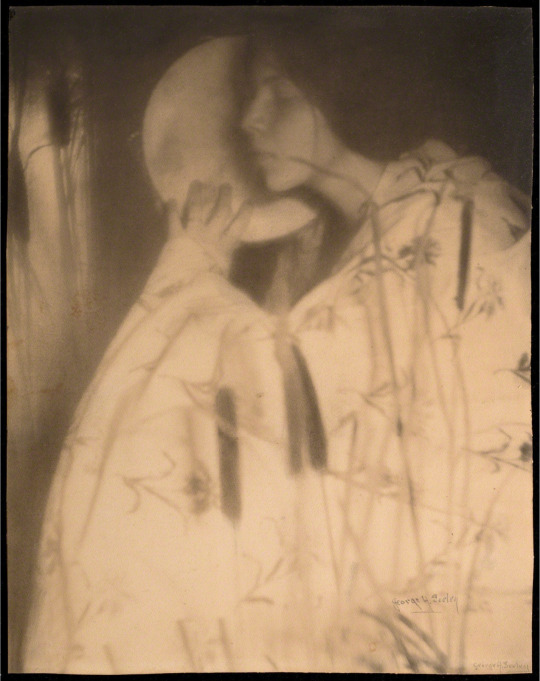
Autumn, 1910. George Henry Harlow. Pigment and platinum print.
#Pictorialist#black and white#vintage#photography#fotografia#fotografie#photographie#foto#1900s#autumn#avant garde
64 notes
·
View notes
Text

"Only Me, Yellow Mountain" by Don Hong-Oai, circa 1990. Sepia-toned Gelatin Silver Print. Pictorialist style photography. Chinese photographer 1929-2004.
9 notes
·
View notes
Text
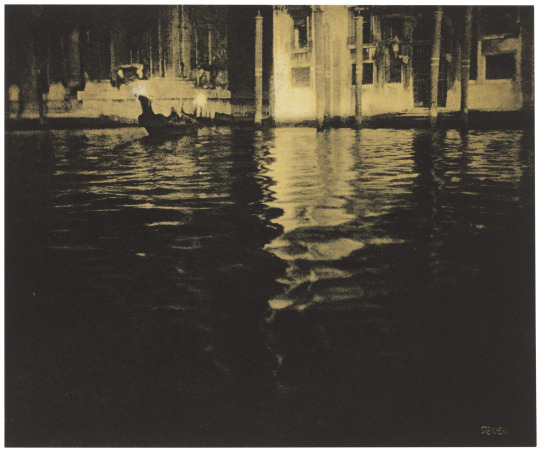
Late Afternoon, Venice, 1907 Edward Steichen (American; 1879–1973) Photogravure, printed 1913 Christie’s, New York
#Edward Steichen#Steichen#1900s#American photographers#American photography#American photographs#photogravures#Venice#Venetian#canals#reflections#waters#gondolas#Pictorialism#American Pictorialism#Pictorialist#Pictorialist photographers#Pictorialist photography#afternoons#views#20th century#20th-century American photographers#20th-century American photography#American art#American artists
28 notes
·
View notes
Text
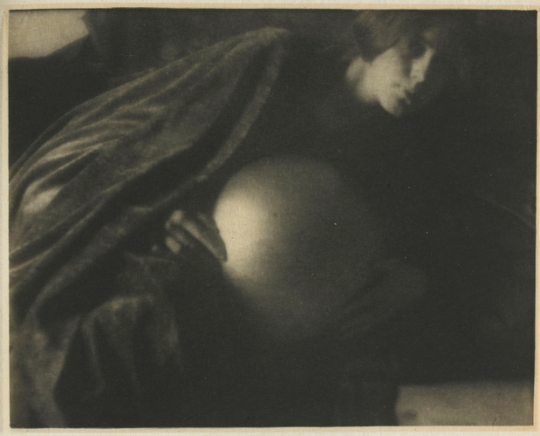
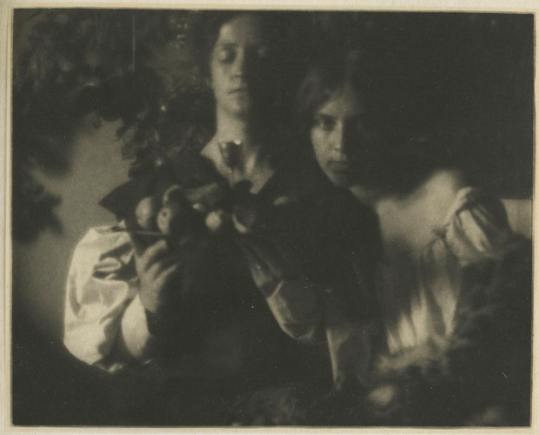
George H. Seeley (1880–1955) héliogravures:
N° 347 (1910)
N° 356 (1910)
#Héliogravure#George H. Seeley#George Seeley#American Photographer#Pictorialism#Pictorialist Aesthetic#Photography#20th century#Pictorialist Movement#Musée d'Orsay#sphere#ball#fruits
7 notes
·
View notes
Text

The Cat, 1905 (photograph)
Edward Steichen
#pictorialist#id in alt text#probablyrambles#newspaper clippings#greyscale#cat#art history#the body exposed
1 note
·
View note
Text
: Windmills of Holland: Modern Pictorialism
Windmills of Holland Impressions in Light: The Pictorialist Spirit Reimagined Recently, I have been reading about the Pictorialists, a group of photographers from the early 20th century, including notable figures like Alfred Stieglitz, Edward Steichen, and Gertrude Käsebier. They aimed to make their photography resemble paintings, emphasizing beauty, atmosphere, and emotional resonance over…
#Alfred Stieglitz Inspiration#Edward Steichen Influence#Fine Art Photography#Landscape#modern pictorialism#Photography#photography a art Impressionistic Photography#Photography and Art#Pictorialist Photography#Poetic Landscapes#Ron Mayhew#windmills of nolland
0 notes
Photo
LÉONARD MISONNE (1870-1943)
PAINTERLY PHOTOGRAPHS
He was a Belgian pictorialist photographer. he is known for his landscapes and street scenes with atmospheric skies. he trained as an engineer before discovering photography. Raised in Gilly, Belgium, the photographer traveled throughout his homeland and beyond to capture the landscape and people of Europe in the Pictorialist style. Pictorialist photographs, characterized by soft, painterly scenes, were created through alternative printing processes that utilize materials such as oil and gum bichromate. The Pictorialist movement of the late 19th and early 20th centuries sought to elevate photography to the level of other fine arts such as painting and sculpture.
Misonne said, “The sky is the key to the landscape.” This philosophy is clear in many of Misonne’s images, often filled with billowing clouds, early morning fog, or rays of sunlight. The artist excelled at capturing his subjects in dramatic, directional light, illuminating figures from behind, which resulted in a halo effect. Favoring stormy weather conditions, Misonne often found his subjects navigating the streets under umbrellas or braced against the gusts of a winter blizzard.
Misonne’s mastery of the various printing processes that he utilized is evidenced by the fine balance between what has been photographically captured and what has been manipulated by the artist’s hand in each print. To perfect this balance, Misonne created his own process, called mediobrome, combining bromide and oil printing.
The artist’s monochromatic prints in both warm and cool tones convey a strong sense of place and time, as well as a sense of nostalgia for his familiar homeland. Whether the subject is a city street or a pastoral landscape, the perfect light carefully captured by Misonne creates a serene and comforting scene reminiscent of a dreamscape.
During his lifetime, Misonne’s photographs were widely exhibited in juried shows in Europe and the United States. Today, his photographs can be found in the collections of such institutions as the Metropolitan Museum of Art, the Art Institute of Chicago, the George Eastman Museum, and the Los Angeles County Museum of Art.

Leonard Misonne
226 notes
·
View notes
Text

'Indian Beauty'. c1920. Beautiful pictorialist style photograph by an unknown photographer.
82 notes
·
View notes
Text

Done with the Compass - chapter 6: might I but moor tonight in thee
Unlike the opening night party, which is always a more relaxed affair, the annual fancy dress party is just that: a proper party. The typical tables that line the tent have been pushed to the sides, decorated with baubles, soup tureens now overflowing with flowers sourced not just from the park surrounding the circus grounds, but purchased from street flower girls. Cheese and some of the other boys would have been sent to fetch whatever they could find that morning. Sequins and ribbons dance in the soft light. The musicians who ordinarily accompany the performance are now front and center playing a lively tune, keeping the atmosphere convivial. Drinks are being passed from hand to hand, a dozen voices mingled in laughter passing with them. In the corner, Jade can see a novelty: Willow's hired a pictorialist after all. Elora has been campaigning for it for weeks, the new Kodak-style camera would place hiring someone for the night within the budget, and was most easily enjoyed here in New York.
by @swashbucklery (pirateygoodness) and @commanderbuffy (rochke11)
#tanthamore#tanthamore fic#willow 2022#circus au#kit tanthalos#jade claymore#tanthamore au#fancy dress party
15 notes
·
View notes
Text

Self-Portrait with Brush and Palette (1902) - Edward Steichen
Originally trained as a painter, Steichen made frames early in his career that embraced the soft focus, atmospheric composition, and retouched details that were also common to Alfred Stieglitz’s Pictorialist approach. During World War I, Steichen shifted to aerial photography in order to help the war effort. His subsequent work embraced a sleek, modernist aesthetic, which is reflected throughout the iconic fashion photographs he took while working at Vanity Fair and Vogue.
Source: Artsy
10 notes
·
View notes
Text
Thelma Kent
Thelma Kent was born in 1899 in Christchurch, New Zealand. Kent was known for her photographs of the landscapes of her home country. Her work was often in the pictorialist style, which was popular at that time. Kent's photography won several awards, and was exhibited and published throughout the world. She became an associate member of the Royal Photographic Society of Great Britain, and she was elected a fellow of the Royal Society of the Arts, London. Today, Kent's work can be found in the collection of New Zealand's national museum.
Thelma Kent died in 1946 at the age of 46.
12 notes
·
View notes
Text



'Pictorialist' photos by Léonard Misonne. ~ "La brise" 1926 ~ "Bord de l'etang" 1918 ~ "On allume le jeux" 1924 Belgian photographer 1870-1943
4 notes
·
View notes
Text

Bohdan Kopecký (Czech Artist , born in 1928) Josef Sudek photographs Prague, 1950.
Josef Sudek (1896-1976) was born in the Czech Republic. Originally a bookbinder, he was badly injured during World War I, resulting in a partial amputation of his right arm (that's why he needed assistance with his activities, and after World War II, he hired an assistant, Sonja Bullaty, a young Czech Jew who survived the Nazi concentration camps. It was Bullaty who took Sudek's work outside the Iron Curtain and preserved over 300 selections of his prints that he continued to send to her after she emigrated to America... And yes, she's the girl in the photo.)
In the 1920's he studied photography for two years in Prague under Jaromir Funke and worked primarily in the Pictorialist style. Eventually a local camera club expelled him for arguing about the need to move forward from "Painterly" photography and he then founded the progressive "Czech Photographic Society" in 1924. During and after World War II, Sudek created haunting night-scapes and panoramas of Prague, photographed the wooded landscape of Bohemia, and the window-glass that led to his garden (the famous "The Window of My Atelier" Series.")
Sudek's individualism did not fit in with the new post-war Czech Socialist Republic (Sudek never married, and was a shy, introverted person. He never appeared at his exhibit openings and few people appear in his photographs. Also notable is the fact that despite the privations of the war and Communism, he kept a renowned record collection of classical music) but the strong artistic tradition of the country meant that there were many who supported his work. He was the first photographer to be honored by the Republic with the title of "Artist of Merit" and in his 70th year, his life's work was recognized by the "Order of Labor."
70 notes
·
View notes
Text



George Inness - Morning, 1878 oil on canvas mounted on cardboard 76.2 x 114.3 cm Museo Nacional Thyssen-Bornemisza, Madrid
George Inness achieved critical success in the last decades of his life when he moved away from a realistic imitation of nature in favour of a pictorialist and aestheticised vision of this theme with the aim of stimulating and inspiring the viewer’s mind and spirit.
Morning was painted in this last phase of his career when Inness had retired to Montclair in New Jersey. The harmonious composition reflects his new approach: the intense green of the meadow in the foreground dotted with lightly painted cattle shades into the darker, misty area of the trees in the middle-ground, followed by the blue-grey of the horizon. The tonal transition is completed by the sky, crossed by a flock of birds.
16 notes
·
View notes